SAINT MARY OF EGYPT
MELCHIORRE GHERARDINI called IL CERANINO, attributed
Milano 1607 – 1668 Milano
Oil on canvas
115 x 94 cm / 45.2 x 37 inches; 140 x 120 cm / 55,1 x 47,2 inches
PROVENANCE
Christie's, London, Old Masters Pictures, 15 December 2000, lot 64 (as Follower of Jusepe de Ribera, lo Spagnoletto);
Collection of Sir David Tang, London
This painting of Saint Mary of Egypt captures the essence of asceticism and spiritual endurance. Her elongated, slightly off-center figure conveys humility and surrender, emphasized by her downcast head and folded hands. The muted palette and sparse composition reinforce the solitude of her desert existence.
A key detail is the three loaves of bread, subtly placed in the lower corner. These loaves are not just symbolic but serve as visual anchors, grounding the composition in material reality. They reference her account:
"As I was leaving the church a stranger glanced at me and gave me three coins, saying: 'Sister, take these.' And, taking the money, I bought three loaves and took them with me on my journey, as a blessed gift." (The Life of St. Mary of Egypt, Orthodox.net)
Over time, these loaves hardened and were slowly consumed, mirroring Mary’s gradual detachment from the physical world:
"I had two and a half loaves when I crossed the Jordan. Soon they dried up and became hard as rock. Eating a little I gradually finished them after a few years." (The Life of St. Mary of Egypt, Orthodox.net)
The artist avoids drama or excess detail, instead using simple forms and restrained colors to highlight emptiness and devotion. The loaves, placed as a quiet focal point, subtly reinforce the theme of spiritual survival—not through abundance, but through endurance.



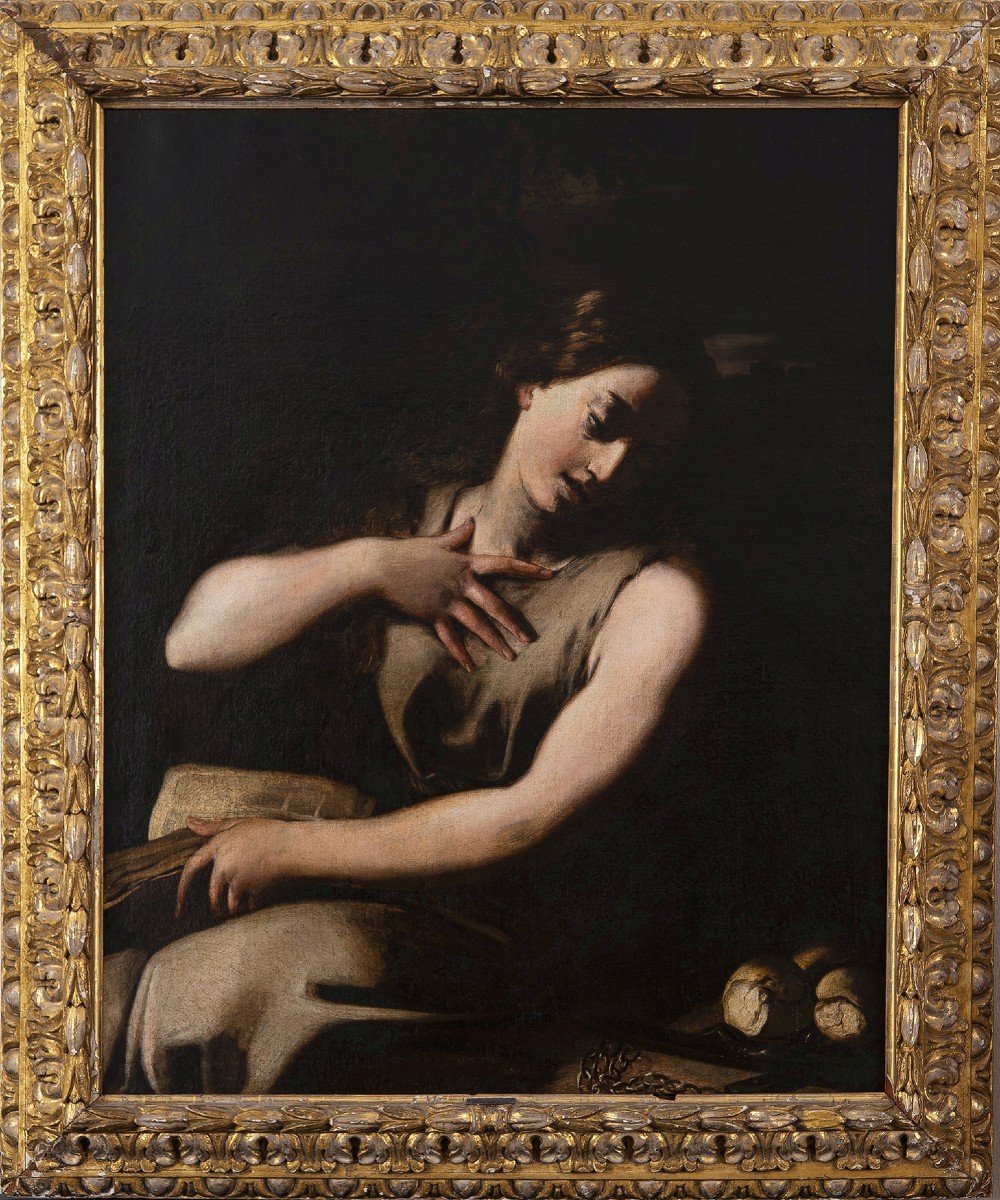
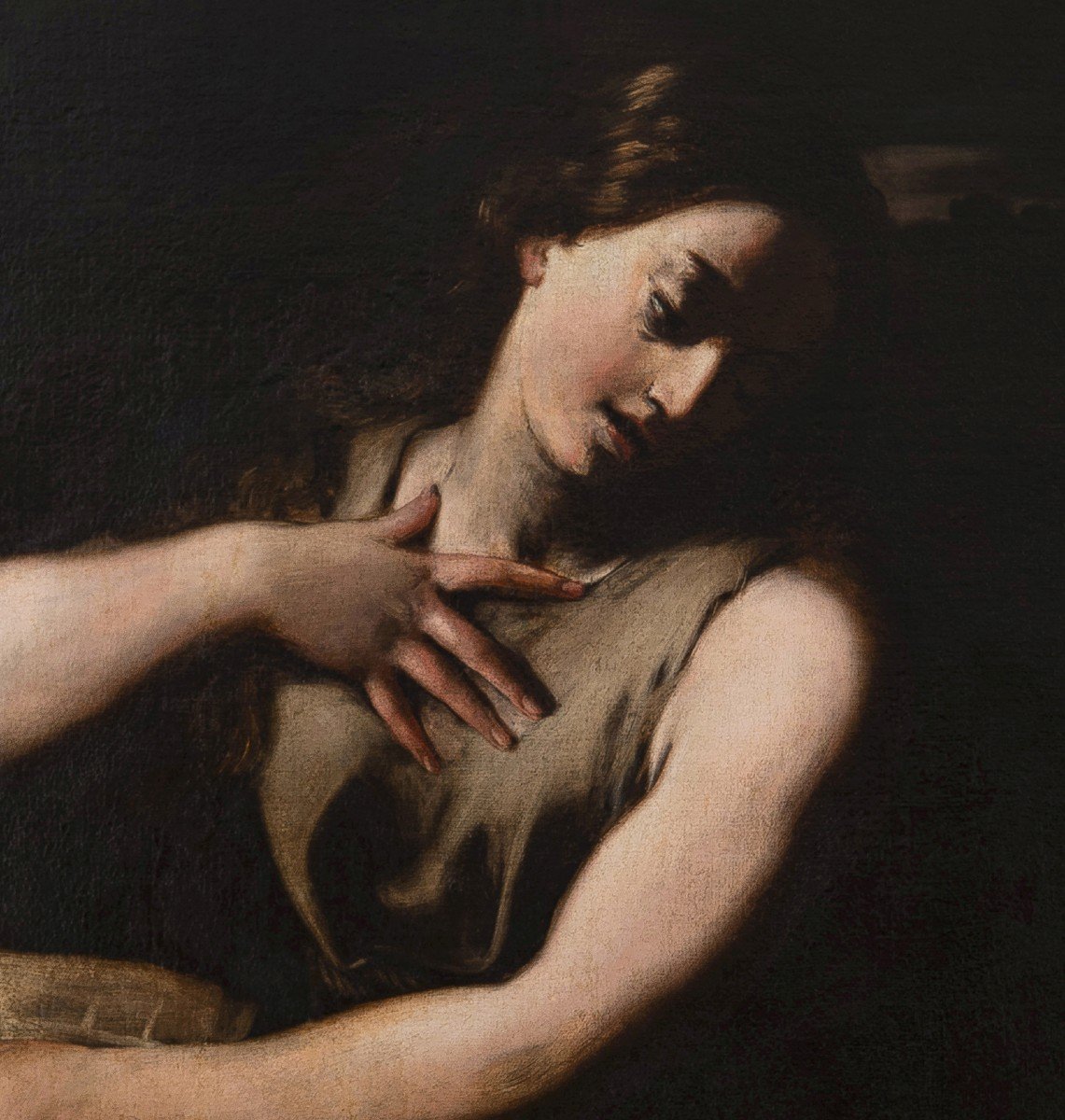
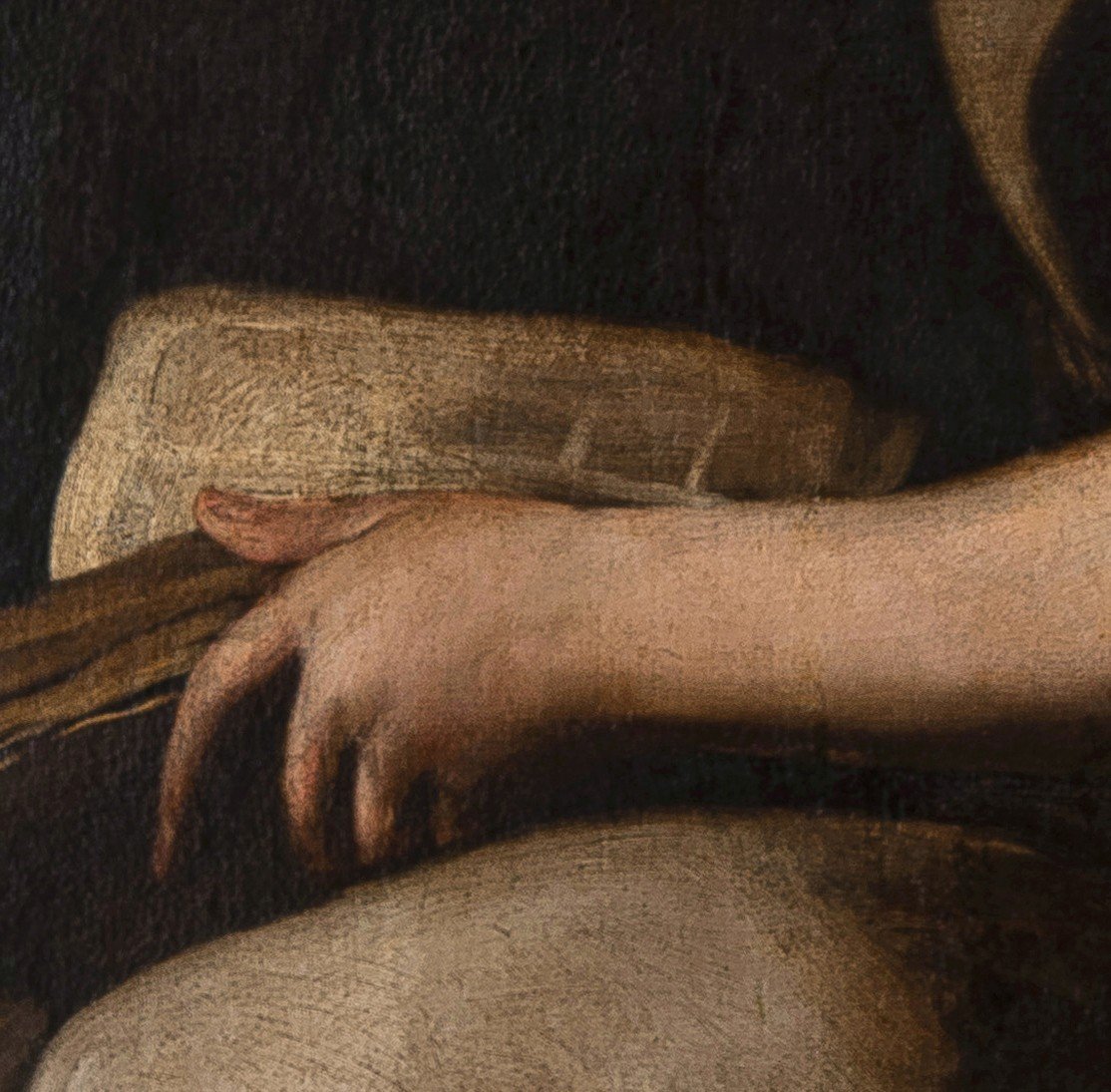
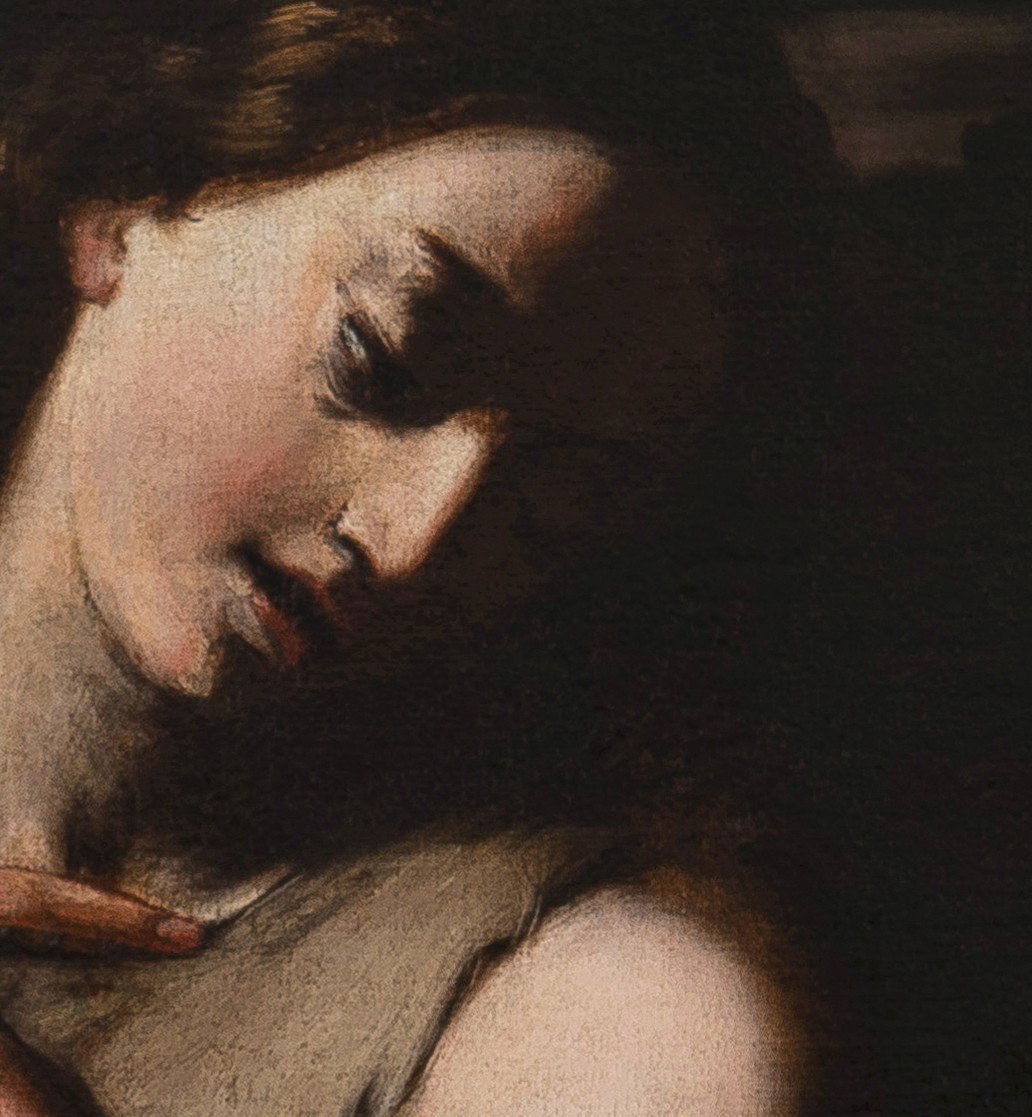
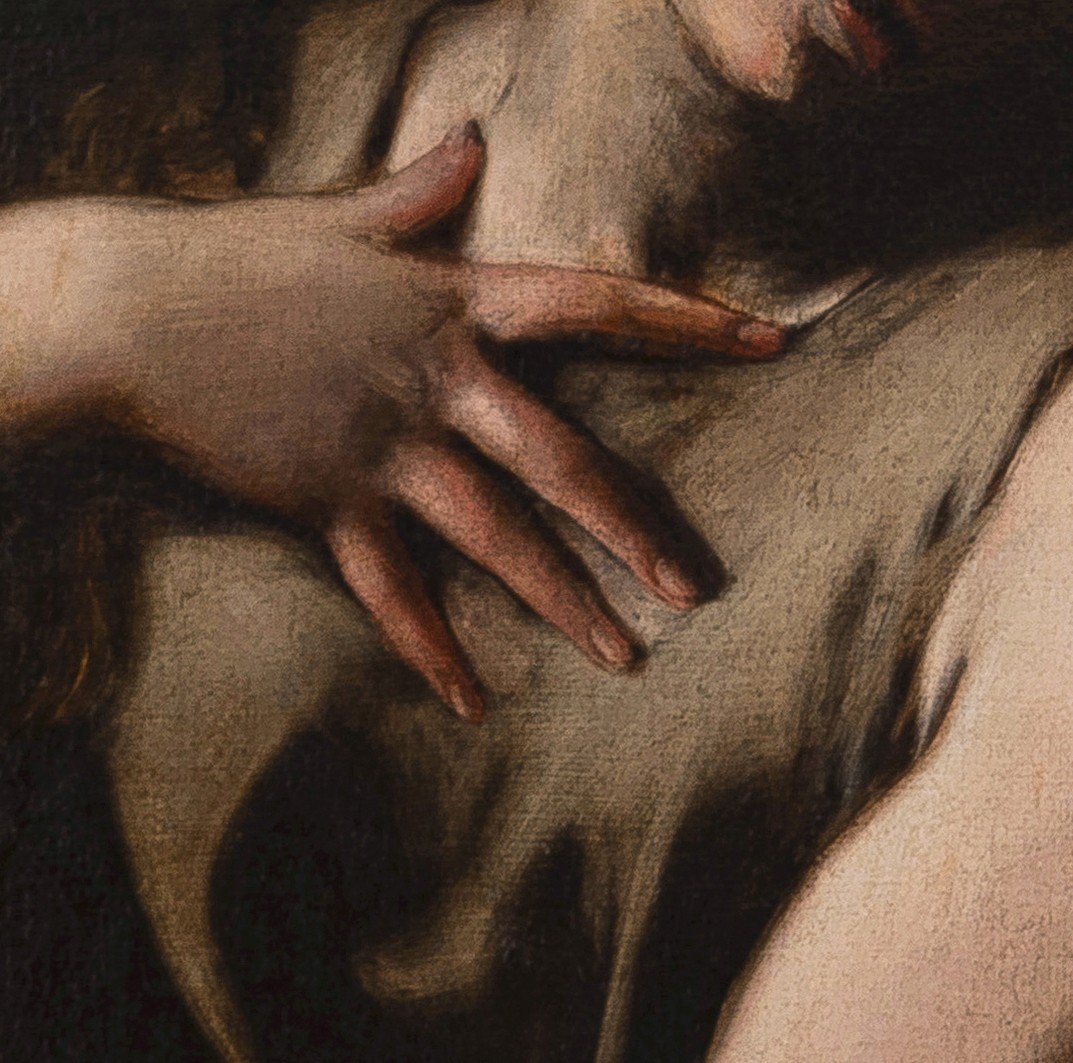
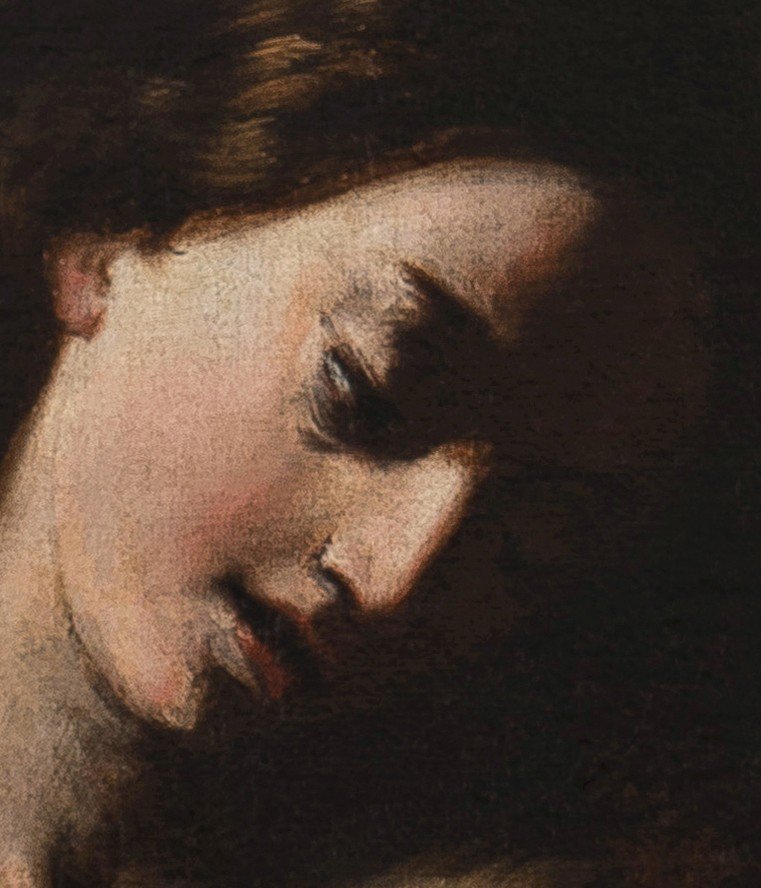
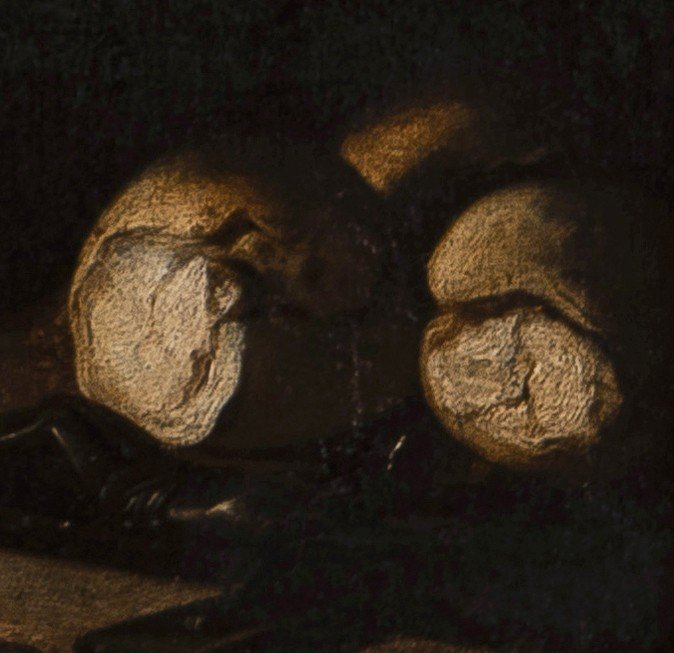












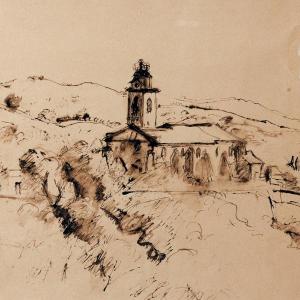

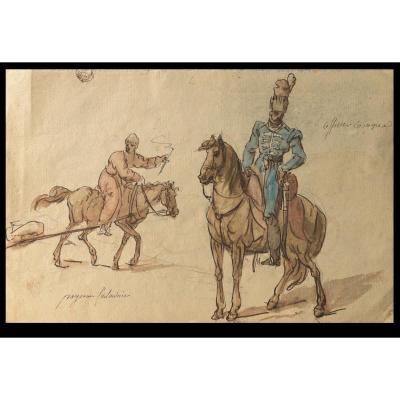


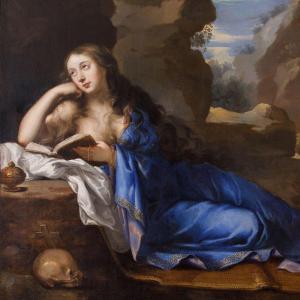


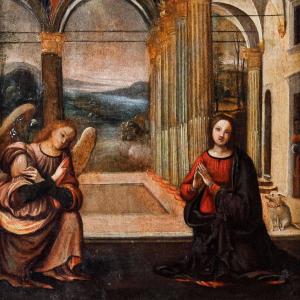



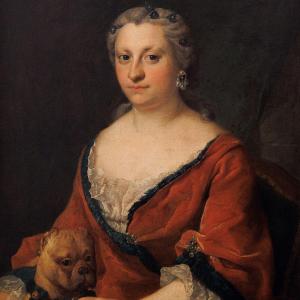
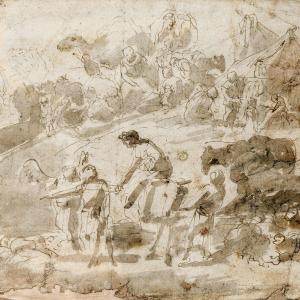








 Le Magazine de PROANTIC
Le Magazine de PROANTIC TRÉSORS Magazine
TRÉSORS Magazine Rivista Artiquariato
Rivista Artiquariato